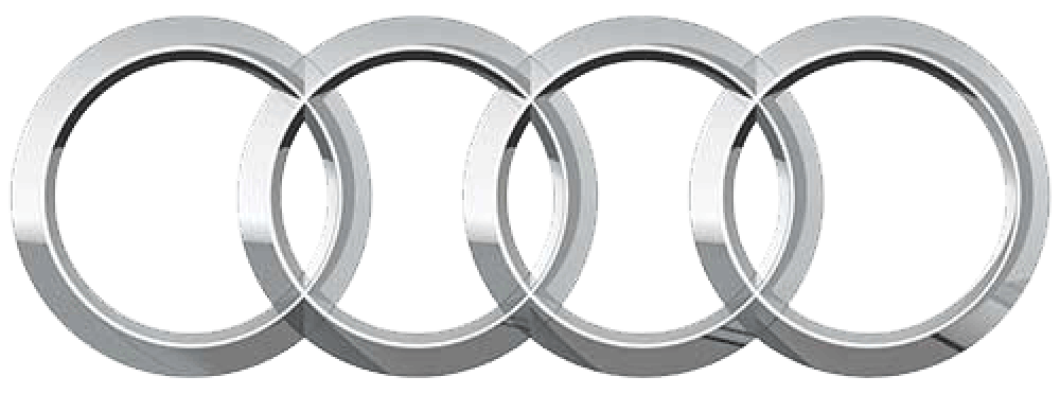
Aside from Ferrari's famous Prancing Horse, Audi's four
rings are perhaps the most recognisable automotive badge globally.
The story started in 1932 when Audi, DKW, Horch, and
Wanderer merged to form Auto Union AG, which would later become Audi AG.
Talks to merge started in the late 1920s when Audi wanted to
increase manufacturing output. The idea was to merge with other German vehicle companies
to cement Audi's position as a market leader and access factory locations for components
like Audi
bumpers & headlights, which would improve logistics.
The merger happened on 29 June 1932, and the four rings were
born.
The four
rings
The four rings symbolise the merger of four companies: Audi,
DKW, Horch, and Wanderer, in that order. The badge is a tribute to each
company, although much of each company's history is little known.
Ring 1 - Audi
Audi was the first German car manufacturer to create a
production car, the Type K, following the Type A Sport-Phaeton development.
However, the company has a history stretching back to 1899 as A. Horch &
Cie.
Ring 2 - DKW
DKW (Dampf-Kraft-Wagen) manufactured cars from 1928 until
1966, powered by two-stroke engines. After merging with Audi, the brand
continued to operate to produce a series of inexpensive passenger vehicles.
Ring 3 - Horch
Horch produced vehicles from 1901 to 1940, dissolving after
the war. The company's earliest vehicles were ahead of their time, with alloy
crankcases and an open body design that reduced weight, boosting acceleration.
Ring 4 - Wanderer
Founded in 1896, Wanderer only built motorcycles until 1902,
branching into cars in 1903. Wanderers were popular as military and official
vehicles in the Nazi period, with the grille redesigned as a heraldic shield.
The
merger
The merger of all four companies happened in 1932 when Audi,
DKW, Horch, and Wanderer merged to form Auto Union AG. Auto Union AG became the
second-largest automotive manufacturer in Germany, behind BMW at the
time.
Auto Union AG announced two programs to celebrate the
merger: The People's Car (which would inspire modern-day Volkswagen) and a
state-sponsored racing program to create the fastest racing cars in the land.
Famous racing cars include the 1939 Type C/D V16, the
only Grand Prix racer to wear the four rings, winning 25 races. The
car was incredibly powerful, with a supercharged 6.0 V16 engine that at its
peak kicked out 620hp.
Modern-day
In 1969, Auto Union AG merged with NSU Motorenwerke AG, a
maker of passenger cars, creating Audi NSU Auto Union AG. This saw the
emergence of Audi as a separate brand for the first time since the war era.
The first Audi was the 1968 Audi 80/Fox, followed by the
1972 Audi 50. These vehicles are now considered classics.
Then, in 1985, after a successful venture as a separate
brand, and following the decline of NSU and Auto Union as vehicle makers and
brands, Audi NSU Auto Union AG became Audi AG, the company we know today.
Auto Union GmbH and NSU GmbH were formed to manage the
historic trademarks of the organisation, leaving Audi AG to do its thing.
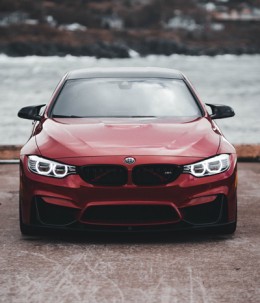





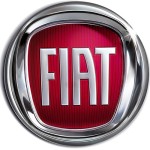



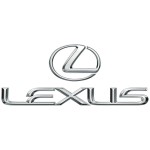
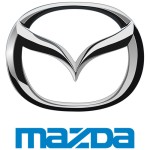








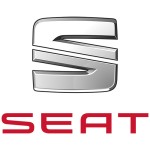


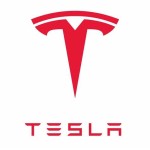
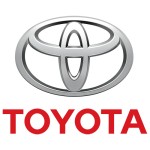

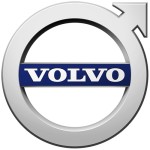
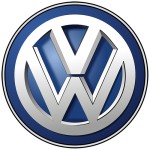
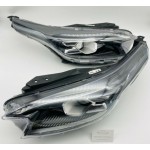
Leave a Comment